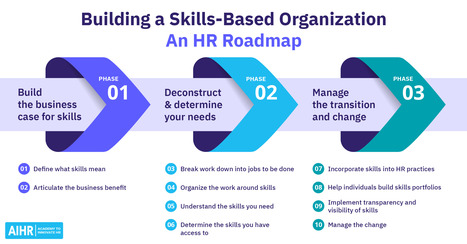The expectations on leaders and bosses these days is huge. They are expected to work long hours, be on call, sort out complex problems, juggle competing demands, all the while knowing there is permanent job insecurity. The day-to-day working environment often operates like a pressure chamber. Actions and reactions are constantly at play up and down the organisational hierarchy, writes Michelle Gibbings
The employee-boss dynamic impacts workplace productivity and culture, and ultimately organisational outcomes. The Great Places to Work Institute found that trust between managers and employees is a defining characteristic of organisations that are listed in their annual ‘100 Best Companies to Work for’ list. Similarly, a study by Alex Edmans, Professor of Finance at the London Business School, found that the top companies to work for increased their share value by 50 per cent.
Despite research extoling the benefits, Gallup found 82 per cent of employees find their leaders uninspiring, only 15 per cent of employees are engaged at work, and only one in three employees strongly agree that they trust the leadership of their organisation. While it’s easy to point the finger, the root cause of challenging workplace dynamics is usually not down to one person or one incident.
"The best leaders proactively seek feedback and continually assess their effectiveness. They critically and honestly reflect on what is going on in their world, how they are coping and notice the impact they are having on their team and colleagues."
The pressures at play
The expectations on leaders and bosses these days is huge. They are expected to work long hours, be on call, sort out complex problems, juggle competing demands, all the while knowing there is permanent job insecurity. The day-to-day working environment often operates like a pressure chamber. Actions and reactions are constantly at play up and down the organisational hierarchy. When everything is going smoothly the working environment hums along. But when the pressure gets too much, ineffective behaviour rises to the surface.
Pressures get placed on leaders from internal and external sources:
- External – Customers, environment, political, legislative and regulatory, societal, technology, and economic
- Internal – Executive team/Board, cost pressures, mergers, downsizing, demands for increased revenue, strategic reviews, and cultural shifts
Those expectations and demands, regardless of the source, get passed down the organisational food chain from boss’s boss to boss to employee. How those expectations get passed down, and the reaction that comes back up the line depends on the level of pressure that’s applied – how hard, how fast, what type of pressure, its frequency, and the nature of the person applying the pressure.
If it’s passed down in a way that the person on the receiving end is receptive, prepared and well positioned to cope with the pressure, then it will be managed well. When that person subsequently passes on the expectations to their team members and they too are similarly prepared then the impact is largely positive and so outcomes are progressed positively. This is because the release valve to manage the pressure, which may involve awareness, support, strong team dynamics, a collegiate environment, and a good working relationship with the boss are working well.
Beware of unnecessary pressures
In contrast, if those expectations and demands are passed down badly, and the person receiving is ill-prepared, ill-equipped, not supported and not able to handle it well, then the result is a chain reaction of negativity. That person, likely a boss, pushes those expectations down to their team who don’t feel supported, and in a challenging environment the pressure builds, ructions in the team start to fissure and the tension bubbles to the surface. This workplace stress gets pushed back up the line through increased turnover, less productivity, poor engagement and disgruntled employees.
This isn’t an isolated incident.
So much so that in May 2019, the 194 members of the World Health Organisation (WHO) unanimously agreed to change the International Classification of Diseases and Related Health Problems to classify, for the first time, professional burnout as a recognised illness. The WHO defines professional burnout as ‘a syndrome conceptualised as resulting from chronic workplace stress that has not been successfully managed’. So what should leaders do?
The need for greater recognition
The best leaders proactively seek feedback and continually assess their effectiveness. They critically and honestly reflect on what is going on in their world, how they are coping and notice the impact they are having on their team and colleagues. This takes awareness and courage.
"Actions and reactions are constantly at play up and down the organisational hierarchy. When everything is going smoothly the working environment hums along. But when the pressure gets too much, ineffective behaviour rises to the surface."
Academics Ronald Heifetz and Marty Linsky, experts in building adaptive leaders, note that when things get busy and tough and the adrenaline is pumping, it’s easy for leaders to convince themselves that they won’t succumb to the normal human frailties. However, the “…intellectual, physical and emotional challenges of leadership are fierce”. To manage they recommend leaders “…regularly step into the inner chamber of your being and assess the tolls those challenges are taking”.
Take the leap
With feedback in hand, leaders can determine the actions they need to take to elevate their leadership. This is about them creating their own personal playbook filled with strategies and tactics that put them in the best possible position to lead with integrity, authenticity and courage, and in turn, create healthy, thriving workplaces.
Making time to do this doesn’t automatically catapult a leader into a ‘good boss’ category. It does, however, make them someone who’s interested and invested in being the best leader they can be. And that’s the first step in progress.



 Your new post is loading...
Your new post is loading...

















